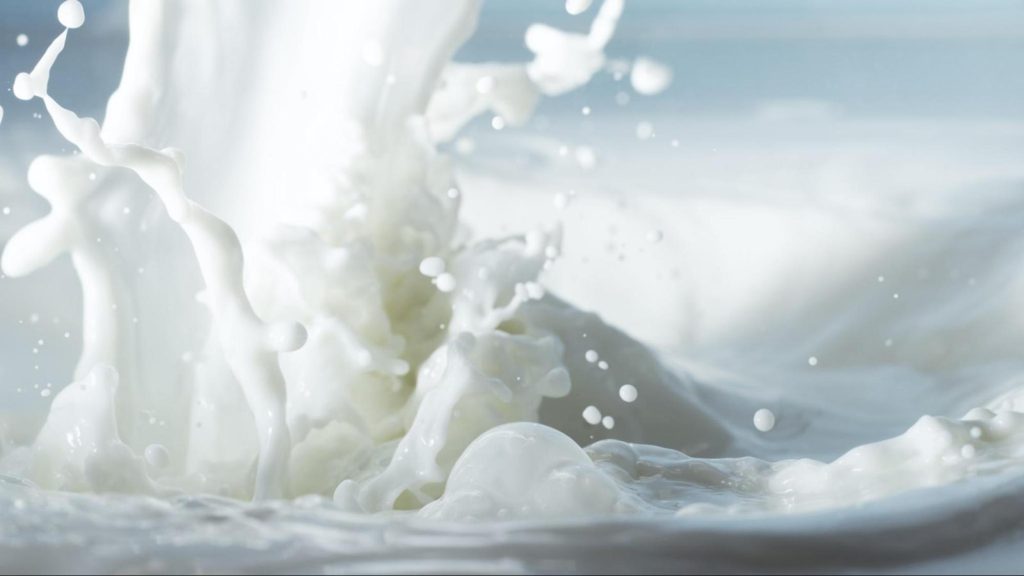
There is a vast and varied cultural history of milk intake, with evidence dating back thousands of years. In many regions of the world, milk and dairy products have historically been a key source of nutrition, and they continue hold a prominent place in many civilizations today.
Milk is widely consumed on its own or combined with a range of meals and beverages in Western nations, such as coffee, tea, and smoothies. In addition, it is employed in the manufacturing of a variety of dairy products, including yoghurt, cheese, and butter. Soy milk and almond milk, two plant-based milk alternatives, have grown in popularity recently.
Milk and dairy products are significant components of the diet in other parts of the world as well. Cow’s milk, for instance, is revered as a meal in India and is frequently used in religious rituals. Milk is a significant source of nutrition in many African cultures, and it is frequently consumed in the form of fermented foods like yoghurt and kefir.
In many countries, milk has cultural importance in addition to its nutritional advantages.
For instance, breastfeeding is regarded as a bonding activity between mother and child and a crucial aspect of parenting in various cultures. In other cultures, the production and consumption of milk and dairy products is closely tied to social and economic systems, with dairy farming playing a significant role in the economy.
Overall, the cultural history of milk and dairy products is rich and diverse, and it continues to influence how they are consumed and viewed in different parts of the world. Milk is a crucial component of many diverse cultures and societies, whether it is employed as a dietary staple, a cultural icon, or a commodity.
Straight from the farm to your doorstep – Avail Pravarsha’s health enriching dairy products – Milk, Paneer, Ghee, Curd, & Buttermilk – and relish the farm fresh nutrition.




